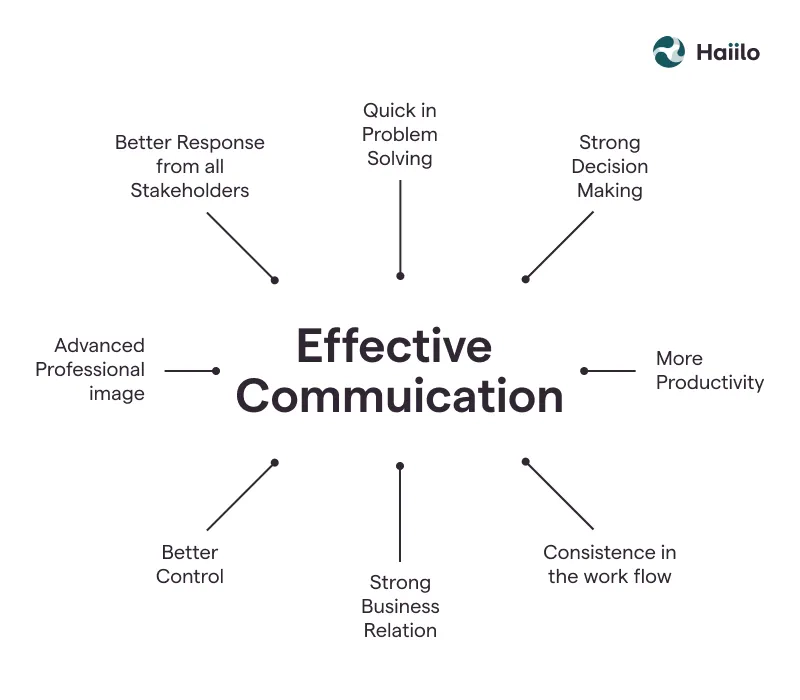 Effective communication with stakeholders is crucial for the success of any project or initiative. Here are 15 tips to help you improve communication with your stakeholders:
Effective communication with stakeholders is crucial for the success of any project or initiative. Here are 15 tips to help you improve communication with your stakeholders:
- Identify Your Stakeholders: Understand who your stakeholders are, both internal and external. This could include team members, clients, customers, investors, regulators, and more.
- Segment Your Audience: Tailor your communication based on the needs, interests, and expectations of different stakeholder groups. Not everyone requires the same level of detail or information.
- Set Clear Objectives: Define your communication objectives. What do you want to achieve with your communication? Whether it’s providing updates, gathering feedback, or managing expectations, clarity is key.
- Choose the Right Channels: Select appropriate communication channels for each stakeholder group. This could include emails, meetings, presentations, reports, webinars, and social media.
- Frequency Matters: Determine how often you need to communicate with each stakeholder group. Regular updates maintain engagement and keep everyone informed.
- Be Transparent: Honesty builds trust. Share both good and bad news openly. This helps in managing expectations and avoiding surprises later on.
- Use Simple Language: Avoid jargon or technical terms that might confuse your stakeholders. Use language that is easy to understand by all parties involved.
CLICK HERE TO DOWNLOAD 300+ PROJECT MANAGEMENT TEMPLATES & DOCUMENTS IN EXCEL
- Listen Actively: Communication is a two-way street. Encourage feedback, questions, and concerns. Actively listen to what your stakeholders have to say and respond thoughtfully.
- Provide Context: When sharing information, provide context to help stakeholders understand the bigger picture. This can help them see how their involvement fits into the overall goals.
- Customize Communication Styles: Different stakeholders might prefer different communication styles. Some might prefer detailed reports, while others might prefer concise summaries. Adapt your approach accordingly.
- Use Visuals: Visual aids like charts, graphs, and diagrams can make complex information more accessible and easier to comprehend.
- Be Timely: Deliver information when it’s relevant. Delayed communication can lead to misunderstandings or missed opportunities.
- Manage Expectations: Clearly define what stakeholders can expect from you and what you expect from them. This helps avoid unrealistic expectations.
- Stay Consistent: Maintain consistency in your messaging and branding. This helps in building a unified and clear image in the minds of stakeholders.
- Evaluate and Adapt: Regularly assess the effectiveness of your communication strategies. If something isn’t working, be open to adjusting your approach.

Remember, effective communication is an ongoing process that requires attention and effort. By following these tips, you can build strong relationships with your stakeholders and ensure the success of your projects or initiatives.
CLICK HERE TO DOWNLOAD 300+ PROJECT MANAGEMENT TEMPLATES & DOCUMENTS IN EXCEL
